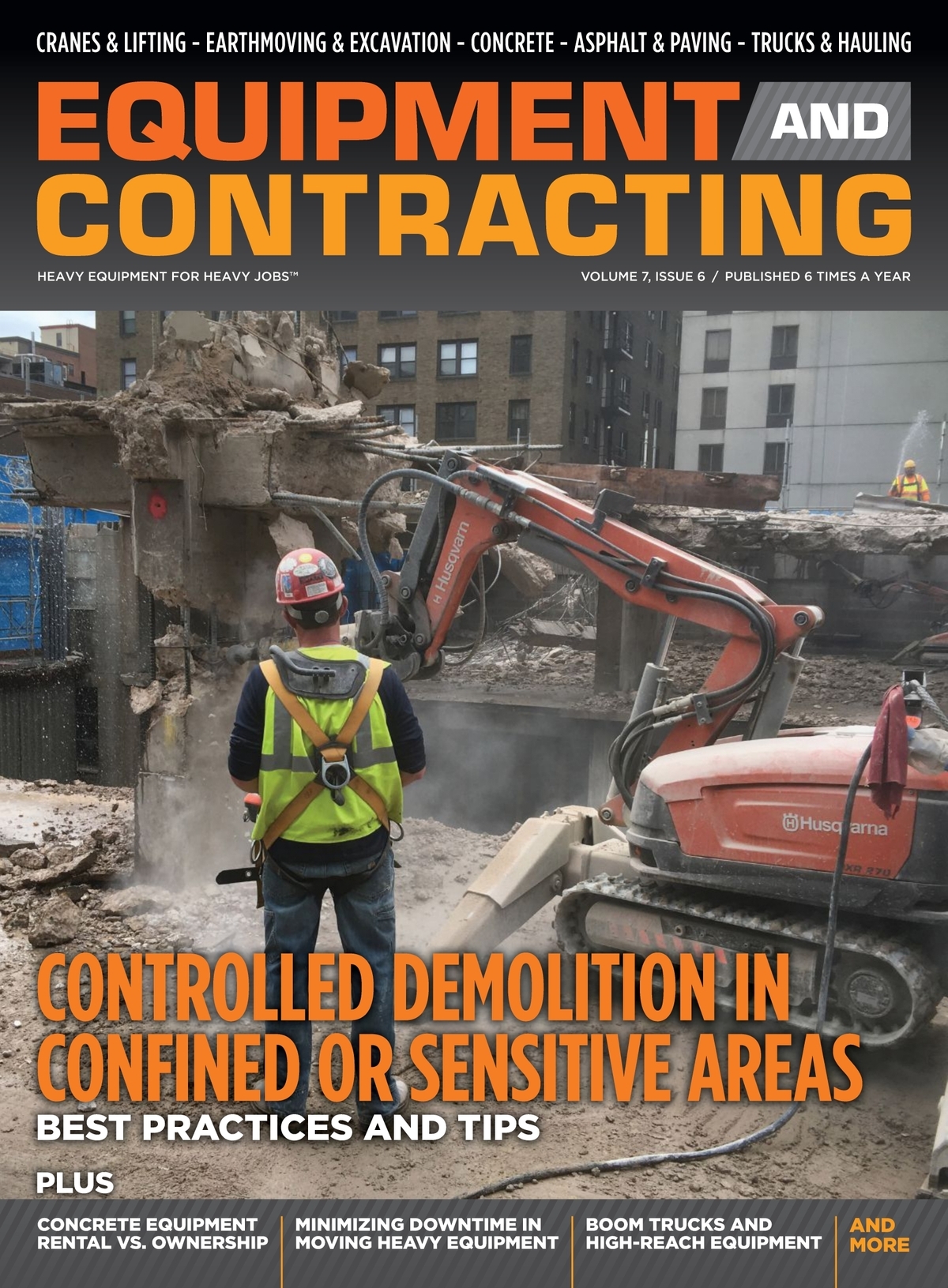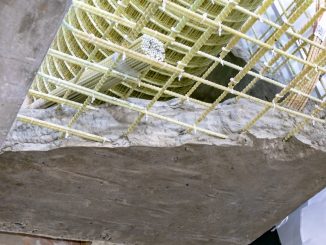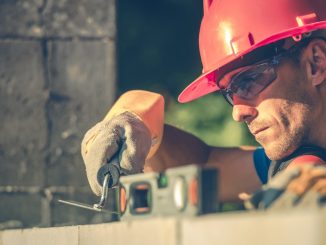
View the complete article here.
A screening bucket is in some cases a well-engineered and yet, elegant, piece of machinery that increases production and, in most applications, can provide additional revenue. Screening buckets attach to standard construction equipment like excavators and skid steers. In this article, we discuss the many uses of a screening bucket (hint: it’s not just for screening material). Like most equipment, brand matters. Some of the uses can only be handled by products manufactured by particular companies. Here we will focus on Flip Screen. They have a wide breadth of screening buckets that are used across industries.
What a Screening Bucket Does
Screening buckets use a mesh of various sizes that enable you to scoop many different types of material for filtering – or screening. Versatile screening buckets make it easy to switch screens as some projects require screening of different material types and / or size on the same job site. Screening buckets are hydraulically driven.
Screening Material Types
Screening buckets can handle many different types of material, including construction waste, topsoil, and scrap metal. Used along with crushing buckets they can increase crushing productivity. The salvaged material can be used on the job site or collected for further processing. Recycled material provides another revenue stream. Flip Screen offers industrial strength models that handle large items such as engine blocks. More on this later.
Screening Bucket Uses
Screening buckets are useful in many industries. They are used for coal cleaning, waste handling, and demolition. Screening buckets are used on construction, mining, and landfill sites. With the right bucket screening model, you can handle corrosive material like fertilizer. Flip Screen’s motto is: “If you can scoop it, you can screen it.” A screening bucket organizes material on a job site without having to buy a separate machine. They can provide needed material like backfill for use on the site.
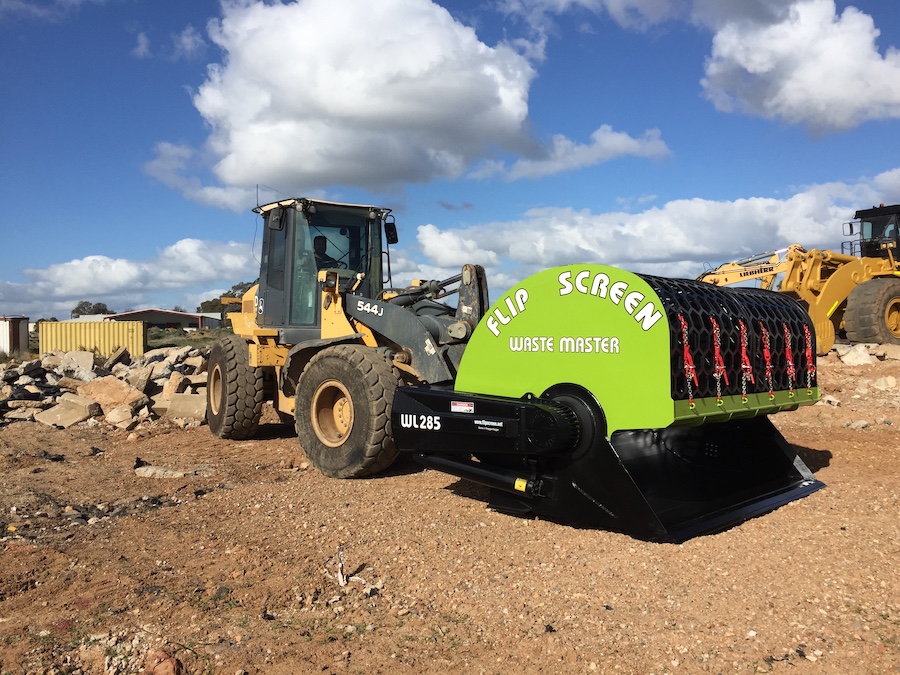
Screening Bucket Features
There are several features to consider when buying a screening bucket. Some are related to the task at hand; other features are brand-specific. We want to stress again that not all screening buckets are the same. For example, screening buckets have internal moving parts, whilst others have none, allowing them to handle almost any material. This increases the overall life of the product. It also makes it easier to use and maintain the equipment.
Mesh Aperture
This is the largest size that you want to filter out of the material you’re scooping up. For example, the standard mesh range for Flip Screen screening buckets is between 6 mm and 300mm (1/4″ to 12″). However, they can design custom meshes for your application.
Cutting Edge
You need to select the right cutting edge for the material you are scooping up. Several of the Flip Screen models come with a reversible, bolt-on cutting edge. This allows you to fit new cutting edges in the field without cutting out the old one and welding in the new blade.
Spillage
When using a Flip Screen on an excavator, the attachment feels similar to a standard bucket and is watertight. When used on a loader, the operator can see through to the cutting edge. The operator can drive around the site with a full load without spilling any of the screened material.
Moving Parts
More parts mean higher maintenance. A screening bucket with more moving parts can result in fouling, jamming, and tangling. The Flip Screen is empty; it relies on the external shape to carry out its functions. It’s not just about maintaining the machine – it reduces lost production. A screening bucket with fewer parts to deal with is less likely to breakdown in the field.
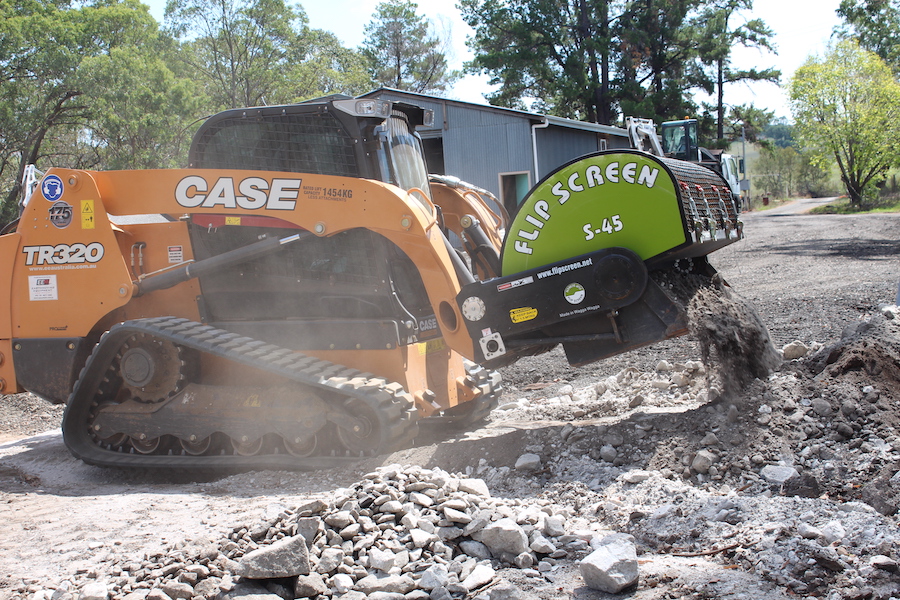
Ease of Use
Changing the Mesh
You want a screening bucket that does not require a high level of expertise to operate. Any Flip Screen screening bucket mesh can be changed in about 5 minutes. The operator unlatches the load binders on the mesh, re-enters the machine, activates the hydraulics, and releases the old mesh. The new mesh is fitted simply by engaging a hook, much like a quick couple. The operator then secures it in place.
Hydraulics
Flip Screen screening buckets use a “plug and play” smart valve to readily switch between carriers without requiring the operator to have a high-level understanding of hydraulics. It does not need changes to the hydraulics on the carrier machine. The smart valve ensures the correct speed and torque and ramps down smoothly to zero.
Multi-Use Screening Bucket
Some screening buckets offer more than material filtering. Flip Screen screening buckets have multiple uses, including:
Concrete Mixer
By replacing the mesh with a mixing plate. Flip Screen’s inward spiraling action converts it into a concrete mixer
Mobile Wash Plant
All Flip Screen models use durable, high-grade seals. This allows you to screen underwater – changing it from a screener into a mobile wash plant.
Mobile Screening Plant
Some screening buckets are built to handle the harshest environments. The heavy duty Flipscreens have a reputation for screening the heaviest scrap metal, even things such as engine blocks, and crusher plates. In fact, Flip Screens have replaced hundreds of portable screening plants worldwide in the scrap industry.
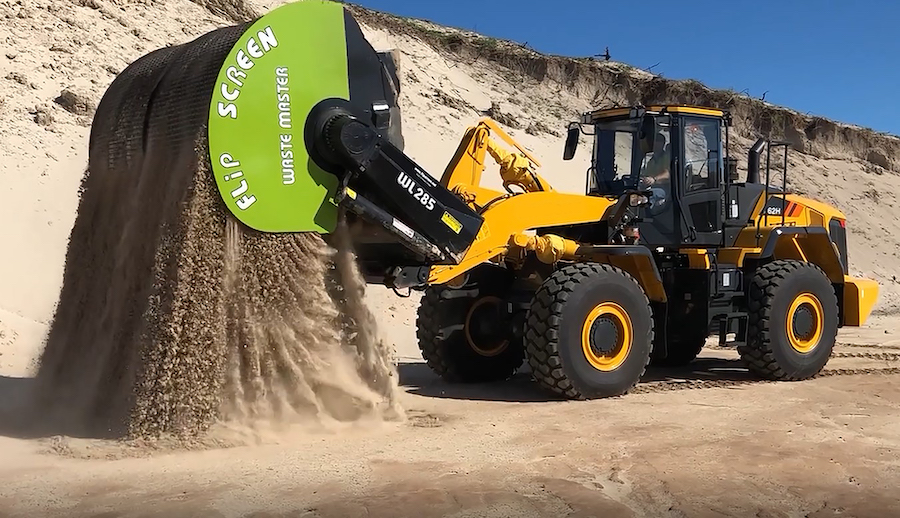
Loader
You want a screening bucket that can load material directly into a truck for haul away. Or have the ability to move material for use in another part of the job site. Flip Screen screening buckets are a good choice for this because they can hold the screened material with no spillage.
Standard Bucket
You want a screening bucket that functions as close to a standard bucket as possible. It’s just easier for an operator to navigate a piece of equipment that feels familiar. For example, the base of a Flip Screen is like that of a standard bucket – and it’s watertight. However, it has an advantage over a standard bucket; it allows the operator to see through to the cutting edge.
Flip Screen Models
Flip Screen has many different screening bucket models to handle a wide variety of jobs. However, if you don’t see exactly what you need, they can customize a screening bucket for you. Here is a sample of their screening bucket models. Flip Screen has several videos to show you their screening buckets in action.
Flip Screen S10
This is their smallest screening bucket. Its compact size is perfect for tight spaces. It has a volume of 0.39 cubic yards and weighs just 342 pounds. In this video, the operator was trying the S10 with a Kanga for the first time, screening bricks and debris from sand.
Flip Screen WL130
The Flip Screen WL130 can pick up more than 4 times the amount of material as compared to the S30 model. It weighs more than 2 tons and has mesh aperture from ¼ inch to 12 inches. Here is the WL130 Flip Screen screening bucket on JCB loader seperating a pile of rock and dirt.
Flip Screen EX85
The EX85 is fitted to excavators from 38,000 to 55,000 pounds (17.5 to 25 metric tonnes). Here is the Flip Screen EX85 screening bucket being used to screen scrap metal. Note that the operator can screen the scrap and move it directly to the bin with no spillage on the way.
Flip Screen WL285 Waste Master
The WL285 Direct Drive is for the big jobs. Here you can see the WL285 screening bucket making short order of compost and gravel.
Specialty Flip Screens
WL500 is a specialty model for fertilizer. Here the WL500 is attached to a Volvo loader to screen bulk fertilizer. It can scoop 7.7 cubic yards
Download Flip Screen’s full product catalogue here.
Revenue Calculator
Wouldn’t it be nice to have some idea what your return on investment (ROI) would be if you used a screening bucket? Lucky for you, Flip Screen has a revenue calculator. Link to: https://www.Flip Screen.net/ Enter bucket size, average number of buckets per hour, average productive hours per day, average working days per month, percent of salable product after screening, and retail price per yard. Obviously, use real world numbers based on your historical data to get a realistic estimate.
Conclusion
Investing in a screening bucket can improve profits by saving time and turning material into useable – and saleable – product. Although screening buckets offer a simple design, you do want to consider which features are right for your application. Select your screening bucket based on the size and type of material you’ll be screening, the machine you’ll be attaching it to, and the job environment. Additional considerations are construction quality and other potential uses for the screening bucket (like concrete or soil mixing).
View the complete article here.
What are the primary uses of a screening bucket?
A screening bucket serves various purposes, including filtering material, handling construction waste, topsoil, and scrap metal, enhancing crushing productivity, and generating additional revenue through recycled materials.
What factors should be considered when selecting a screening bucket?
When choosing a screening bucket, key considerations include the mesh aperture size, cutting edge compatibility, spillage prevention, the number of moving parts affecting maintenance, ease of use in terms of mesh changes and hydraulics, and the multi-use capabilities such as functioning as a concrete mixer, mobile wash plant, or loader for material transport.

